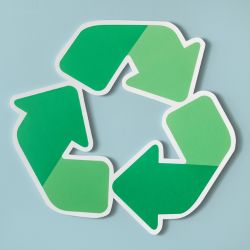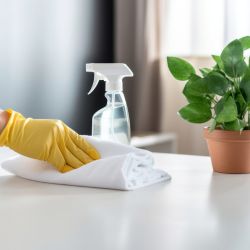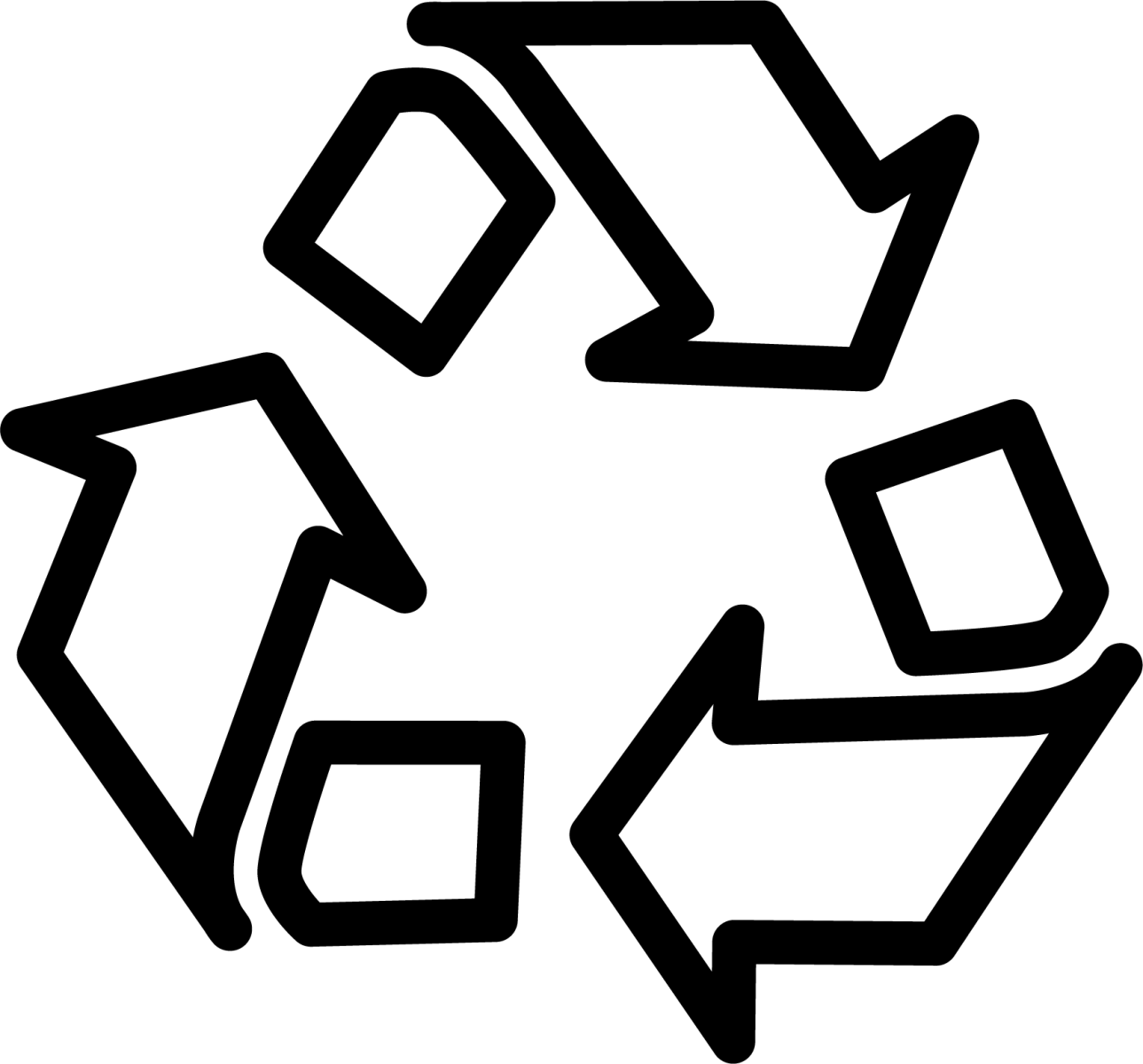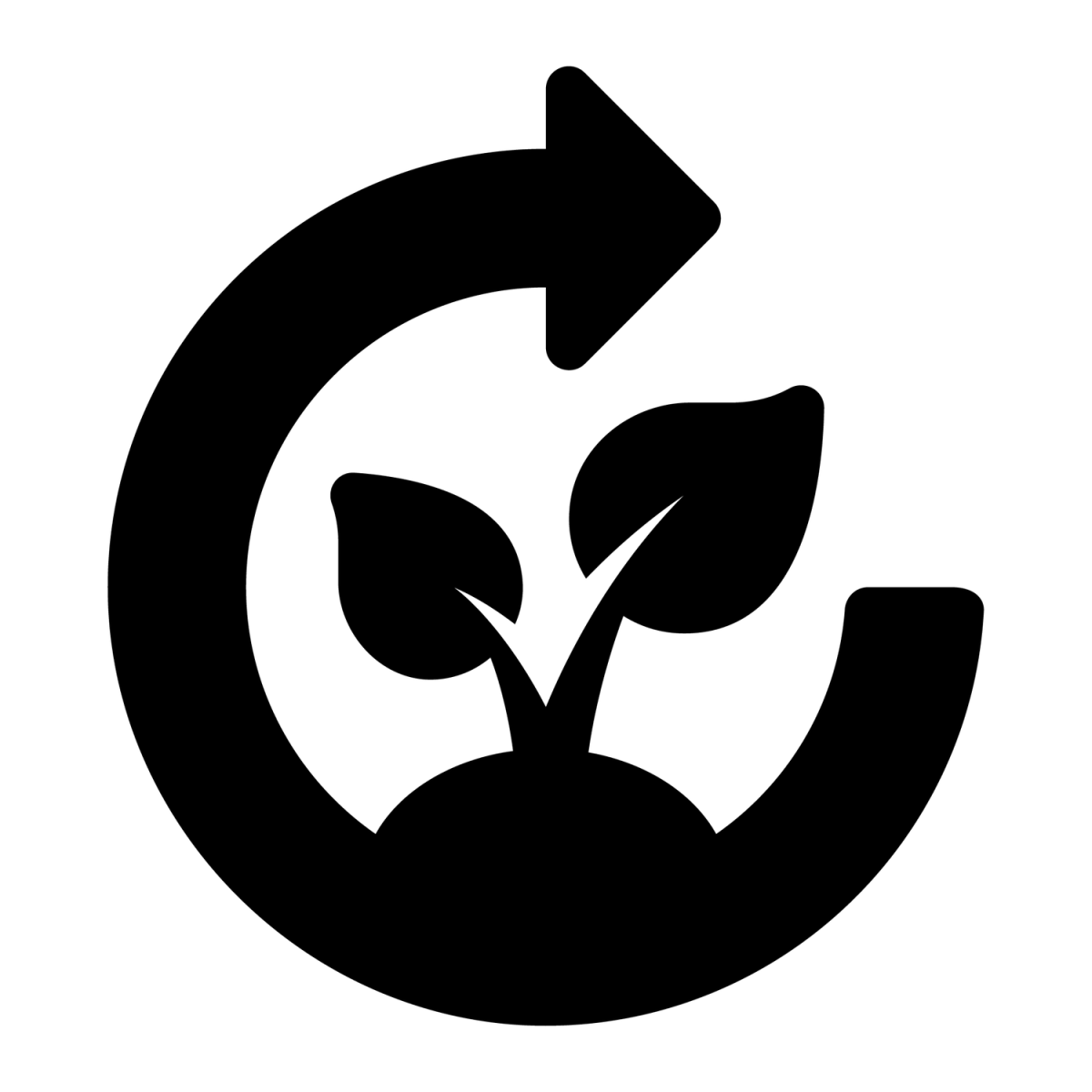With many schools already adopting sustainable practices by promoting initiatives like zero-waste lunches, including concepts in their curriculum, and developing best practice guidelines, it only makes sense that sustainability efforts extend into purchasing decisions.
What is Green Procurement?
There are different names for green procurement programs such as Green Public Procurement (GPP), Green Purchasing Policy, or Environmentally Preferable Purchasing (EPP). Simply put, green procurement refers to when public authorities, including school districts, seek to procure goods and services with a reduced impact on human health and the environment. See a full list of examples of green procurement considerations that Sonoma County has developed.
Some examples include:

Products that are durable, recyclable, and have warranty coverage as well as products with recyclable or reduced packaging.
.jpg)
Products and services that have reduced greenhouse gas emissions and are energy-efficient.

Cleaning products and other supplies that are non-toxic, making them safer for people using them and for the planet.
“Buying Green” guidelines that are taking shape around the world:
 Many educators are making space for students to think more sustainably by talking about climate change, eco-anxiety, and ways to take action to alleviate some of that stress, like having a zero-waste classroom. Some schools are even working towards certification as Eco-Schools; a growing global movement that engages students to have a say in the environmental management policies of their schools.
Many educators are making space for students to think more sustainably by talking about climate change, eco-anxiety, and ways to take action to alleviate some of that stress, like having a zero-waste classroom. Some schools are even working towards certification as Eco-Schools; a growing global movement that engages students to have a say in the environmental management policies of their schools.
Educators and students making positive changes are only one part of a more sustainable future. Procurement teams and purchasing groups also have a role to play.
In Europe, GPP guidelines suggest setting clear targets and communicating them. For instance, in Lens, France, school canteens must use 20% organic ingredients to help support regenerative farming practices and improve human health. They also recommend that bids for contracts be “green titled” to signal environmental impacts are being considered. For example, “Supply of ecological and recycled paper” or “Service contract for energy savings in 12 schools”.
A free program in the United States called the Sustainable Jersey Schools program uses a point system whereby schools earn their certification by implementing 22 different action categories. It is a holistic framework ranging from board leadership and planning, diversity and equity, learning environments, student and community outreach, energy efficiency initiatives, waste reduction, green purchasing, and many others.
 In Canada, the provincial government of British Columbia created a resource to help guide schools to achieve many of the examples above as well as naturalizing schoolyards and sustainable transportation. They have also published a comprehensive guide for K-12 schools called The Environmental Learning & Experience Curriculum Maps. It uses a C.A.R.E. framework that enables educators to deepen environmental learning and nurture the development of an environmental ethic in students.
In Canada, the provincial government of British Columbia created a resource to help guide schools to achieve many of the examples above as well as naturalizing schoolyards and sustainable transportation. They have also published a comprehensive guide for K-12 schools called The Environmental Learning & Experience Curriculum Maps. It uses a C.A.R.E. framework that enables educators to deepen environmental learning and nurture the development of an environmental ethic in students.
Are you thinking of implementing an Environmentally Preferred Purchasing (EPP) program?
Your state or province may already have policies in place that you can use as a guide. If they do not, here are a few tips and resources to get you started:
- Gain high-level support at your district/board to aid in implementation
- Define goal(s) such as reducing greenhouse gas emissions (GHG), i.e., 5% reduction in school district’s carbon footprint by 2025, and 45% by 2035
- Define and prioritize activities to help reach your goal such as:
80% of purchased products should include certifications like LEED, B Corp, FSC or Energy Star, have high repairability, and recyclable packaging, 50% of meals in the cafeteria should be organic by 2025, All procurement staff will be provided with training in EPP policy and processes by December 2024.
- Review other policies at the district/board level to ensure alignment
- Indicate who/what team is responsible for implementing and monitoring the performance of the program
- Define measurement and reporting methods
- Communicate progress regularly to identify barriers, celebrate the wins and to inspire others
Taking a long-term view —Financial and environmental savings:
It is tempting to stretch budgets by purchasing less expensive products, but lower-cost products can often mean lower quality, no repairability, and therefore a shorter lifespan. When a product has a short lifespan, more need to be purchased over time and more waste goes to the landfill.
Here is a quick comparison of two Chart Stands to illustrate why looking at the long-term pays off for budgets and the planet:
.jpg)
A note about greenwashing:
It is unfortunate, but many companies market themselves as green or sustainable and may not have the evidence to back that up. A good way to mitigate falling prey to untrue claims is to familiarize yourself with the appropriate documentation needed to support your environmental targets. For instance, if your plan includes purchasing products made from more sustainable materials with less packaging, look for life cycle assessments (LCAs) and/or well-sourced product footprints. Or, if green cleaning products are a target, educate yourself on how to identify them.
Examples of greenwashing:

Recyclable:
A product claims it is made from recyclable materials but cannot easily be taken apart to separate materials and/or requires specialized recycling pathways not available to most schools (like many types of hard plastic).

Biodegradable:
With the advent of bioplastics and compostable takeout containers, we are being led to believe that they can go into a composter when they actually require high-temperature industrial composting. Most cities do not have those types of facilities.

Environmentally-friendly: Unless this claim is backed up with a comparison to something else, like another product they sell or a competitor’s product, it is a baseless claim without any comparison.
Does your school have green goals? So do we!
Our sustainable journey at Copernicus continues as we evolve the materials our products are made from, like using bamboo instead of steel, or recycled plastic lumber that is made from plastic bags and bottle tops.
Interested in seeing everything we are aiming to do? Check out our 2022 Impact Report!
Here is a glance at how we align with some of the common guidelines for Environmentally Preferable Purchasing (EPP):
When we make purchases, whether at home or at work, we are essentially voting for that brand or company with our money. Thank you to all the schools who have voted for us by purchasing our products!
Resources:
 Skip to Content
Skip to Content